
Crazy How Nature Do That...
Carolinian Forests of Eastern North America
While some of these pictures do have a few evergreen trees, like pines, dotted around, a Carolinian Forest is primarily deciduous trees that grow quite in quite densely packed groups as a lot of these pictures show. It should be noted that if you do google this term, you may also come across the term ‘Eastern deciduous forest’, it’s basically just one is American and one is Canadian, but the forests are very similar with, obviously, less deciduous trees as you go north…
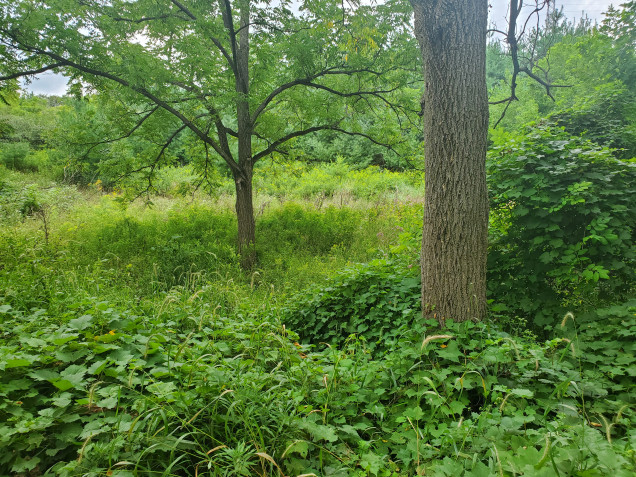 Very thick undergrowth is very common, some of this came up past my knees; and I'm a lanky almost 2m (6'5.5" in old money) tall!
Very thick undergrowth is very common, some of this came up past my knees; and I'm a lanky almost 2m (6'5.5" in old money) tall!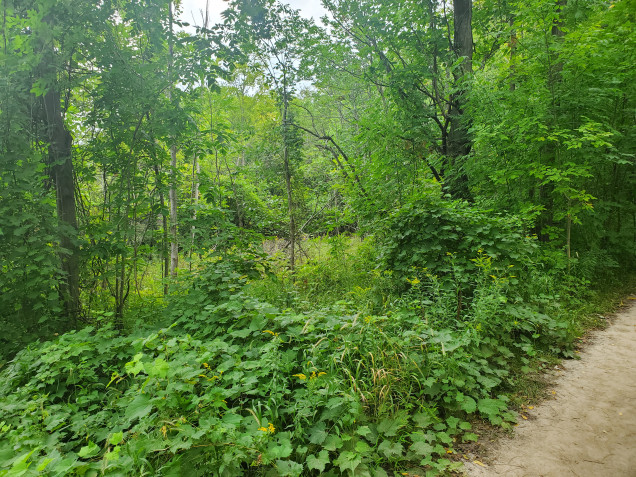 Very difficult to move through, if off the path. Something far better suited to skirmishers and is a major reason for many local Native tribes fighting how they did.
Very difficult to move through, if off the path. Something far better suited to skirmishers and is a major reason for many local Native tribes fighting how they did.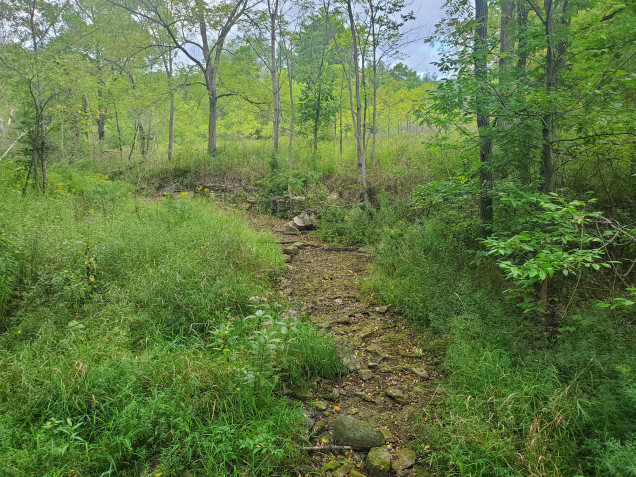 While it has been VERY warm this year, the summers in this area do tend to be a bit on the warm side, so dried stream beds such as this will be common in summer, but will be quite vigorous during the spring thaws.
While it has been VERY warm this year, the summers in this area do tend to be a bit on the warm side, so dried stream beds such as this will be common in summer, but will be quite vigorous during the spring thaws.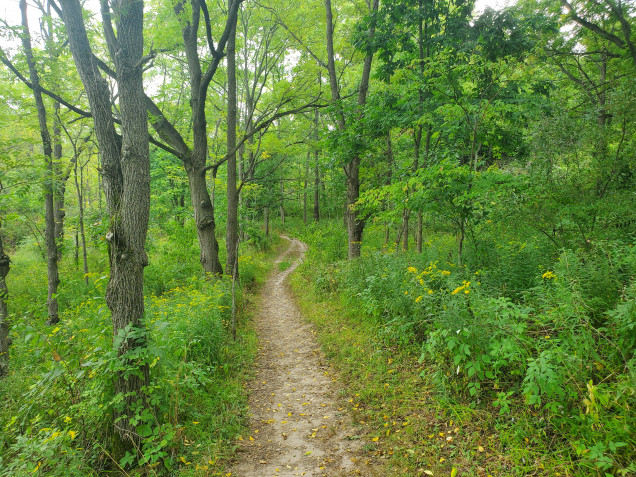 Simple tracks like this would be likely where travellers would move through. While these paths would have been initially man made when the parks and trails were set up, over time these are primarily maintained by people walking over them, as would have happened in the past. It should be noted, though, that these tracks would be suitable for a regiment to march along at no more than 4 men wide...very vulnerable to ambushes.
Simple tracks like this would be likely where travellers would move through. While these paths would have been initially man made when the parks and trails were set up, over time these are primarily maintained by people walking over them, as would have happened in the past. It should be noted, though, that these tracks would be suitable for a regiment to march along at no more than 4 men wide...very vulnerable to ambushes.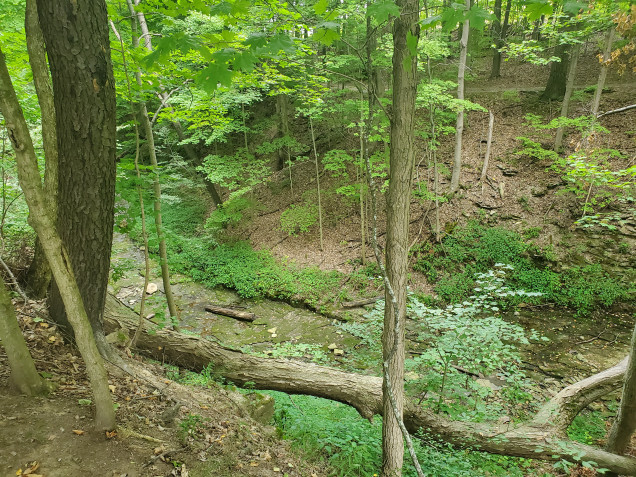 Particularly in many of the previously glaciated areas, gullys and gorges like this one are common. Many local terrains around here show various signs of glaciation and the walls of these sudden drops really are quite severe; a European style regiment stuck in an ambush at the base would find it very difficult to fight their way up the sides.
Particularly in many of the previously glaciated areas, gullys and gorges like this one are common. Many local terrains around here show various signs of glaciation and the walls of these sudden drops really are quite severe; a European style regiment stuck in an ambush at the base would find it very difficult to fight their way up the sides.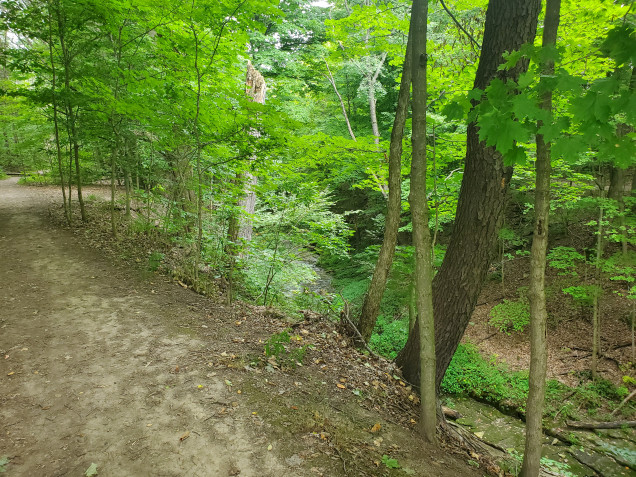 You can see from the trees there that the stability of the sides of the gorges isn't great, but when coming up with terrain like this, that litte bend at the base of a tree along the edge really knocks the realism of the piece up a tad. Remeber, though, older trees have experienced the soil creep for longer and bend a bit more!
You can see from the trees there that the stability of the sides of the gorges isn't great, but when coming up with terrain like this, that litte bend at the base of a tree along the edge really knocks the realism of the piece up a tad. Remeber, though, older trees have experienced the soil creep for longer and bend a bit more!As I said, this terrain is endemic to large regions of Eastern North America and may be familiar to those who have seen films like The Last of the Mohicans. This sort of terrain is perfect for the French and Indian Wars, The American Revolution, The War of 1812, possibly some small skirmishes during The American Civil War, and also pre- or early European Native conflicts such as the war between the French backed Wyandot (or Huron) and the British backed Haudenosaunee (or Iroquois Confederacy). This sort of terrain does favour skirmish combat systems such as Sharp Practice, as opposed to massed ranks akin to Black Powder, but also work well on boards designed to resemble colonial settlements along the edge of a board. If doing such things, though, remember that settlements cleared away much of the forest not only for farmland, but also security; don’t want to have someone sneak up on you from the woods, after all.
I may revisit this topic at a later date if I can get myself to one of the nearby Historic Preservation sites that contain some reproduction Native houses and defenses as they are not always as commonly represented as much beyond skirmishers in Colonial wars and I am personally rather interested and fond of what little Haudenosaunee culture and history I have been introduced to during my time in North America.































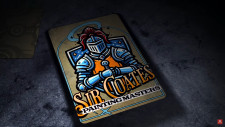




![TerrainFest 2024! Build Terrain With OnTableTop & Win A £300 Prize [Extended!]](https://images.beastsofwar.com/2024/10/TerrainFEST-2024-Social-Media-Post-Square-225-127.jpg)




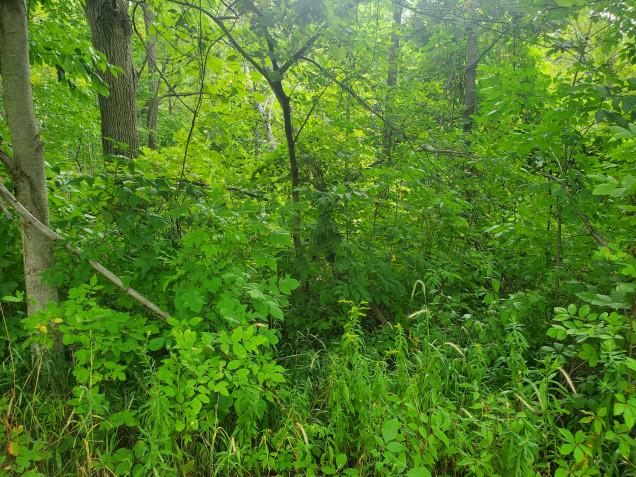










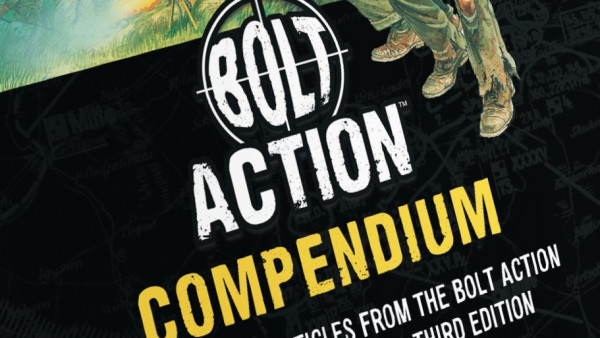

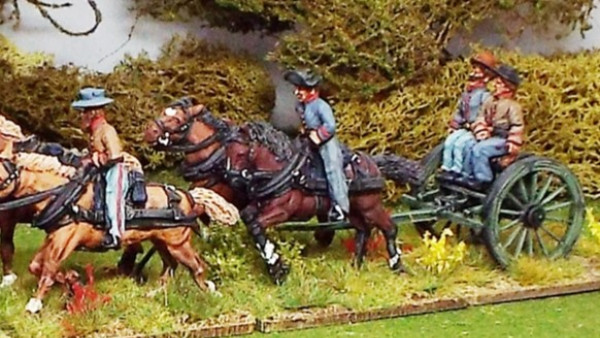




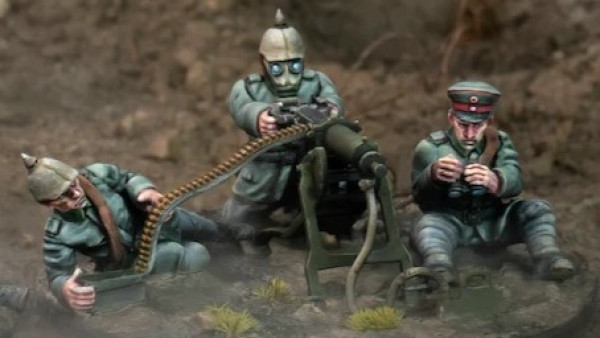


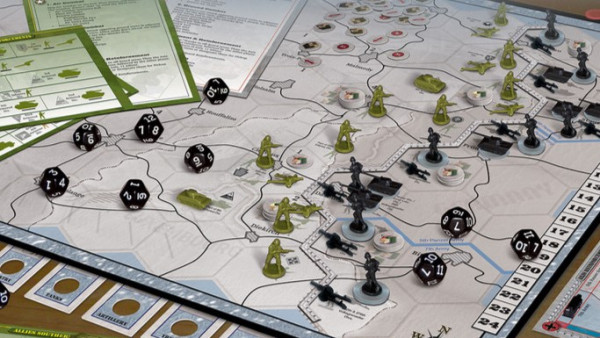












Leave a Reply